I am more than slightly surprised to see this in the Australian media. I would be even more surprised to see this in the NZ media.
I would rate it more likely to see an article about kittens crossing the road than to see this covered on Radio NZ.
Climate change: Historic
Arctic heatwave has thawed
North Pole so much it's
shattered
20 August, 2020
The North Pole ice sheet has thawed so much that it has shattered, climate researchers have discovered.
Scientists onboard the German research ship Polarstern yesterday reached the Earth's northernmost point and said they were surprised by how freely the vessel could move in waters typically known to be frozen solid.
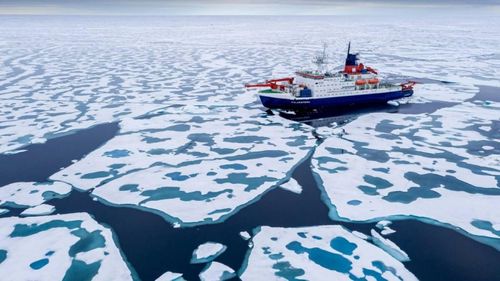
Recent satellite images have shown an unprecedented level of polar ice melting that has significantly shrunk arctic caps faster and to a greater extent than any year in the past four decades.
"At first we weren't sure whether the loose ice cover was due to wind and currents," Professor Markus Rex, from the Alfred Wegener Institute in Germany, said.
"(We) were concerned that, if it was, a change in weather conditions could compact it again. Then we would have been caught in a mousetrap and could have become trapped in the ice.

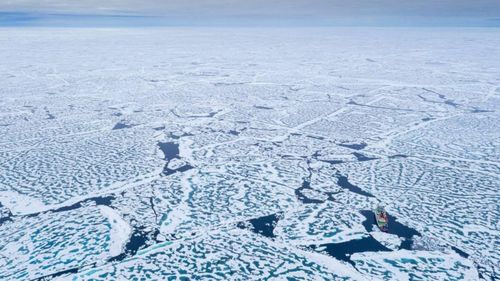
"Even after passing 88 degrees north we mostly maintained a speed of five to seven knots; I've never seen that so far north.
"For this region, the current situation is historic. Normally it's wise to avoid the region north of Greenland because it's home to the thicker and older ice and virtually impassable. But now we're finding extended stretches of open water reaching nearly to the Pole."
Images from the six-day expedition show the Polarsten dwarfed by the immense masses of North Pole ice in the Arctic, but also expose how melted the region has become.
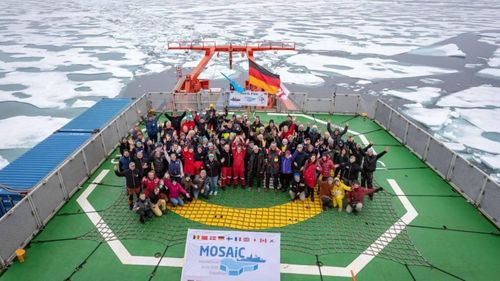
In one shot, gaping cracks can be seen between large chunks of ice extending into the distance for kilometres.
The photos come as the Arctic region has been sweltering through extremely high levels of heat that have shocked climate researchers.
Near Siberia, that warming has resulted in less ice being naturally formed and it melting faster than any year since 1979 — a phenomenon deemed only possible every 80,000 years if not for human interference.
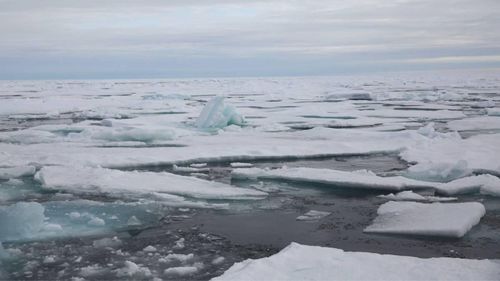
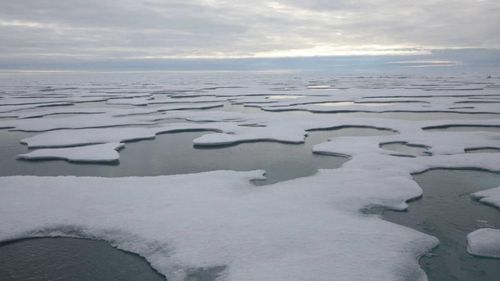
US scientists have also found that between May and July this year, the Northern Hemisphere experienced its warmest three months on record.
While the Northern Hemisphere is currently in the midst of summer and global ice caps naturally go through melt-and-freeze phases throughout the year, the re-freezing stage has been dramatically slower.




No comments:
Post a Comment
Note: only a member of this blog may post a comment.